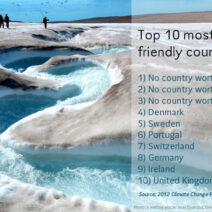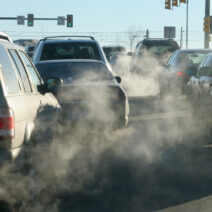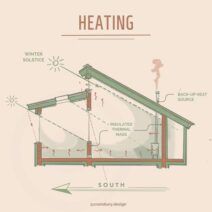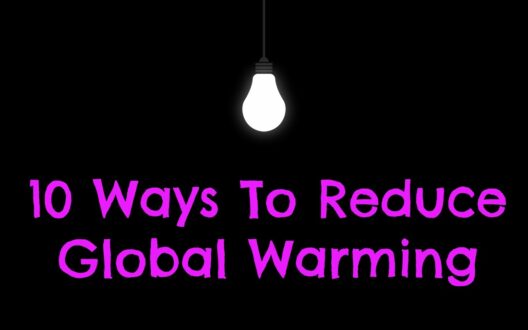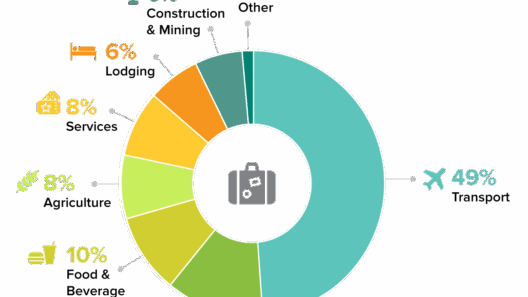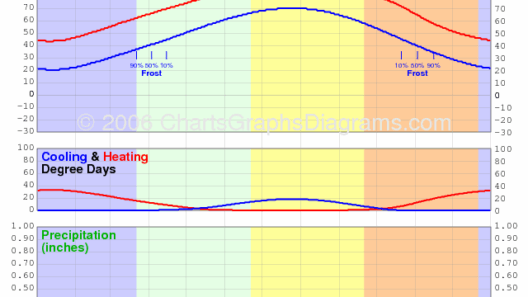When the summer sun blazes down, evaporative coolers—often known as swamp coolers—waft the promise of refreshing relief. These devices have become symbolic of a sustainable approach to climate comfort, appealing to those seeking to minimize their environmental footprint. Yet, just like the fickle nature of summer storms, their effectiveness can be as unpredictable as a summer rainfall. The question lingers: do evaporative coolers work effectively in humid weather?
The very essence of an evaporative cooler lies in the physical principles of thermodynamics. It employs the simple yet profound concept of evaporation—a metamorphosis from liquid to vapor that absorbs heat. In arid climates, the air is akin to a thirsty sponge, eagerly soaking up the moisture released by the evaporative process. This creates a delightful cooling effect, offering a refuge from the oppressive heat. But what happens when humidity enters the equation? Is this desert flower able to bloom in more tropical conditions?
To examine this conundrum, it is crucial to delineate the mechanics of evaporative cooling. As air passes over water-saturated pads, it retains a degree of moisture that subsequently evaporates, diminishing the temperature of the air discharged into living spaces. In arid regions where relative humidity is low, evaporative coolers can drop air temperatures significantly—often as much as 20 to 30 degrees Fahrenheit. To those basking in blistering heat, this is akin to mirages transforming into blissful oases.
However, when humidity levels rise, the efficacy of evaporative coolers diminishes. Humid air is already saturated with water vapor; it acts like a damp sponge that cannot absorb any additional moisture. Thus, the cooling process becomes hampered. This scenario resembles trying to quench your thirst by drinking from a waterlogged sponge—ineffective at best and frustrating at worst.
Evaluating the pros and cons of using evaporative coolers in humid conditions uncovers a complex landscape of merits and limitations. On one hand, they are far more energy-efficient than traditional air conditioning systems. They consume significantly less electricity, allowing for a reduced carbon footprint. Furthermore, evaporative coolers tend to be more affordable to install and operate—a boon for budget-conscious consumers. They breathe, purifying the indoor atmosphere by circulating fresh air, unlike their air conditioning counterparts that recirculate stale air.
Yet, as the adage goes, every rose has its thorns. In high-humidity environments, relying solely on evaporative coolers can lead to discomfort rather than relief. The additional moisture they generate can exacerbate feelings of mugginess, making indoor spaces feel sticky and oppressively warm. Furthermore, stagnant moisture can foster an environment conducive to mold growth—an unintended consequence that poses health risks and damages structures.
One must also consider the maintenance of these units. The pads require regular cleaning and replacement to operate efficiently, as they can be breeding grounds for bacteria and mildew if neglected. Neglecting maintenance becomes a process akin to allowing weeds to overtake a garden—an eyesore that compromises the integrity of one’s oasis. For many, the thought of such maintenance can be a deterrent, especially during the hot summer months when time is of the essence.
Interestingly, consumers often find themselves at a crossroads, contemplating whether to embrace these evaporative coolers or lean on conventional air conditioning units. The decision heavily hinges on the local climate. In areas where humidity levels soar alongside the temperature, alternatives such as dehumidifiers or central air conditioning may offer a more balanced solution. Think of it as choosing between an umbrella and a raincoat; the former may suffice for light drizzles, but in a downpour, a raincoat stands the test of time.
Moreover, hybrid systems, which combine evaporative coolers with conventional air conditioning, have emerged as a formidable solution for those living in variable climates. By integrating technology, these systems yield enhanced energy efficiency while addressing the pain points of each individual cooling method, ensuring comfort in every season. Thus, the delicate dance of temperature and humidity can be choreographed to perfection.
Several practical strategies can further optimize evaporative cooler performance, even within humid conditions. Adequate ventilation is paramount; allowing outdoor air to circulate within the home can prevent an overwhelming buildup of moisture. Additionally, utilizing fans to enhance air circulation can disperse the cooling effect, mitigating sticky, humid feelings.
In conclusion, the utility of evaporative coolers in humid weather unveils a multifaceted discussion. While they offer enviable advantages, such as energy efficiency and cost-effectiveness, their limitations in high-humidity environments cannot be overlooked. As summer descends and temperatures rise, understanding these nuances equips consumers with the knowledge to create a comfortable oasis, tailored to their unique climatic circumstances. The decision must consider not only the immediate need for relief but also the broader implications for well-being and environmental sustainability.
